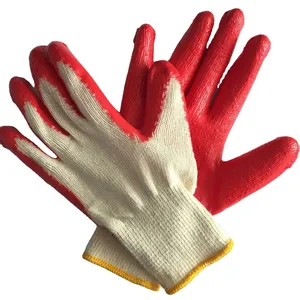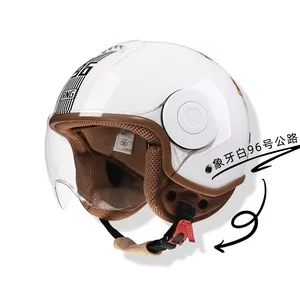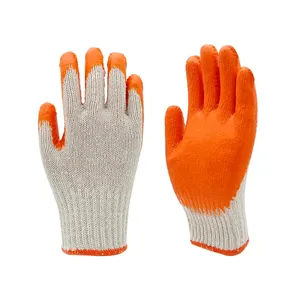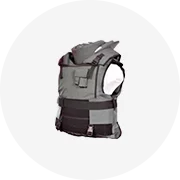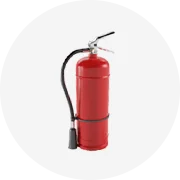Popular in your industry






































































Related Searches:

























































































































































Top categories
About 3d disposable mask
Understanding the 3D Disposable Mask
The 3D disposable mask is a pivotal innovation in personal protective equipment (PPE). Designed to offer a snug fit, these masks cater to a broad spectrum of protective needs in various environments. Unlike traditional flat masks, the 3D contour aligns closely with the face's shape, enhancing both comfort and effectiveness.
Types and Applications
There are diverse types of 3D disposable masks tailored for different demographics and uses. From industrial to medical settings, these masks serve as a barrier against pollutants, pathogens, and particulates. Their applications extend to sectors like healthcare, construction, and painting, where they are essential for respiratory protection.
Features and Materials
The materials used in 3D disposable face masks are chosen for their filtration efficiency and breathability. Typically composed of multiple layers of non-woven fabric, they often include melt-blown material that acts as a filter, capturing microscopic particles while allowing for airflow.
Advantages of 3D Masks
The ergonomic design of 3D face masks offers a closer fit and better seal than traditional masks, reducing the potential for air leakage around the edges. This design also helps to minimize the fogging of glasses, a common issue with other masks. Moreover, the 3D structure allows for easier communication by maintaining space around the mouth.
Choosing the Right Mask
Selecting the appropriate 3D disposable respirator involves considering the specific environment in which it will be used. For instance, masks used in medical settings might have different requirements compared to those used for industrial purposes. It is crucial to assess the level of protection needed based on the potential exposure to harmful substances.
Environmental Considerations
While disposable masks are convenient, their environmental impact is a growing concern. The industry is exploring biodegradable and recyclable options to mitigate waste without compromising safety and protection.

